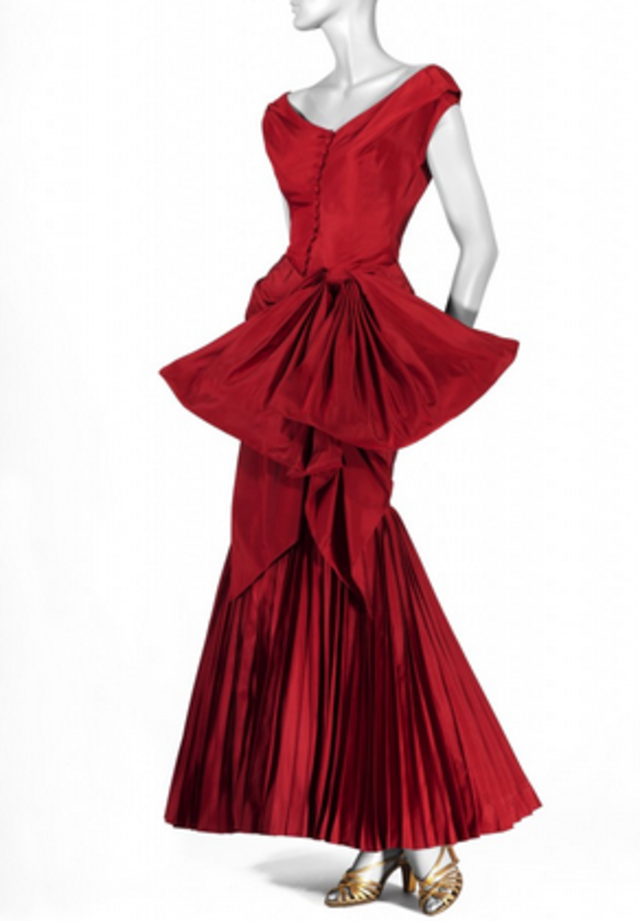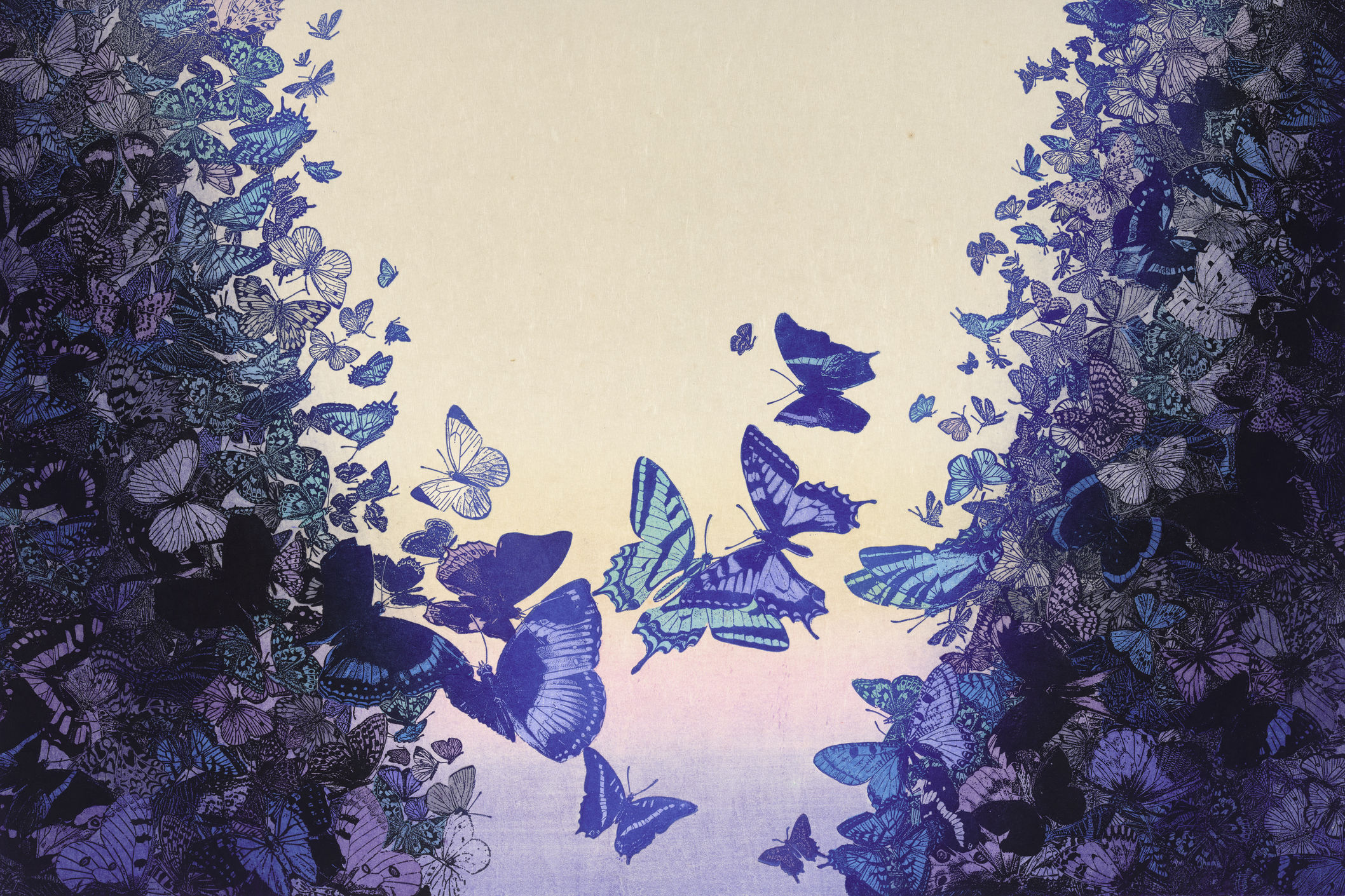Behind the Scenes of the Italian Fashion Exhibit—Closing Sunday!
Tick. Tock. The days to see the once-in-a-lifetime Italian Fashion exhibit at the Portland Art Museum are numbered. On Sunday, May 3 we lose the little dose of Italia that’s been present for the last three months. If somehow you’re still not convinced that you need to make the time, or you’ve already seen it and can’t get enough, we sat down with curator Sonnet Stanfill from London’s Victoria & Albert Museum to get the details on how this thing of beauty came to be.
HOW IT STARTED
After getting approval for the project nearly three years ago, the first step was for Stanfill to go deep into the Victoria & Albert’s own archives to create the base of the show from what they carry. She was able to furnish about 60% of the show from the museum's own archives. Once she determined what they had on hand and what they needed—for example, a classic Armani suit was obligatory—she was able to reach out to Italian design houses to ask for specific examples of items to cover the timelines and silhouettes she was aiming to represent.
That meant Stanfill had a lot of time on the ground hunting in designer archives, museums, and also reaching out to private collectors. “I met some amazing characters, some wild and wonderful people in the process. It was a bit like sleuthing to try and make it happen.”
GETTING IN DEEP WITH THE DESIGNERS
Some houses are freewheeling and dealing, while others had much stricter protocols. To gather items from Missoni—still a family owned business—Stanfill drove to the Italian countryside where she was greeted by one of the family members who spent 4 hours flipping through photo books in an informal lovely environment before they pulled the pieces for her. In stark contrast was Armani, who went through a series of meetings, the first meeting was a strict coffee conversation with no clothing witnessed, they gave her a rack of items to choose from and she was in and out in half an hour.

Fabio de Benedettis, Germana Marucelli dress, 1950, Chromogenic print, Collezione Enrico Quinto e Paolo Tinarelli.
The Sala Bianca years
This period—right after the war—was the most difficult to source. All of the exhibit's gowns from this era are borrowed from other museums or private collectors. Because chic fashion lovers don’t know they’re creating history when they’re in it, and because those brands are no longer around, it took serious hunting to find these romantic pieces that have become some of the most loved of the show.
BEST GETS
The Valentino with hand-painted motifs (at the end of the catwalk greeting museum goers as soon as they walk in) is especially breathtaking. Stanfill was able to go to the Valentino atelier while researching this show, and met the women who make these gowns. Though the average age is approximately 70, they’re still called Le Ragazze which translates to “The Girls.” “They treat those creations as a personal outpouring of their creation and technique. There is such a sense of pride in making those pieces. They draw on this strong tradition of technique that’s been passed down from one group of seamstresses to the next so there’s a strong continuity from when Valentino began the house. He brought that intense craftsmanship to Rome and made it couture.”
On the job training
A large portion of this world is still learned via apprenticeships. When Stanfill visited the Gucci leather goods workshop where they make prototypes for their bags, she met four people in the visit that had parents who owned leather shops.

Tom Ford for Gucci men’s velvet evening suit, Autumn/Winter 2004/5, ©Victoria and Albert Museum, London
Portland and Italy’s Connection
“I think there’s a lot of points of connection between the Italian fashion story and Portland because of a lot of the designers I’ve spoken to today who are featured in the [Italian Influence: Portland] exhibit have stepped aside from big companies—some even after having worked for them—and forming their own companies to be small batch.” Says Stanfill. “It’s all about entrepreneurialism. So many of those Italian businesses were started by a husband and wife team, like Missoni, and then passed down to their kids. There’s a lot of risk taking in that. They all started with a wing and prayer.”
THE US AFFECT ON ITALIAN FASHION
The buyers from Bergdorf Goodman and Macy’s attended the first of the Italian fashion shows, and Stanfill credits the American companies with investing dollars and helping make the Italian brands successful. “The American buyers were the taste filters for the American well-to-do woman. Those stores had couture salons within them. They were powerful people and they’ve been forgotten. Those choices ended up on the backs of American women. The US was the reason why the Italian fashion industry succeeded.”
Italian Fashion
Portland Art Museum
Ends Sunday, May 3




